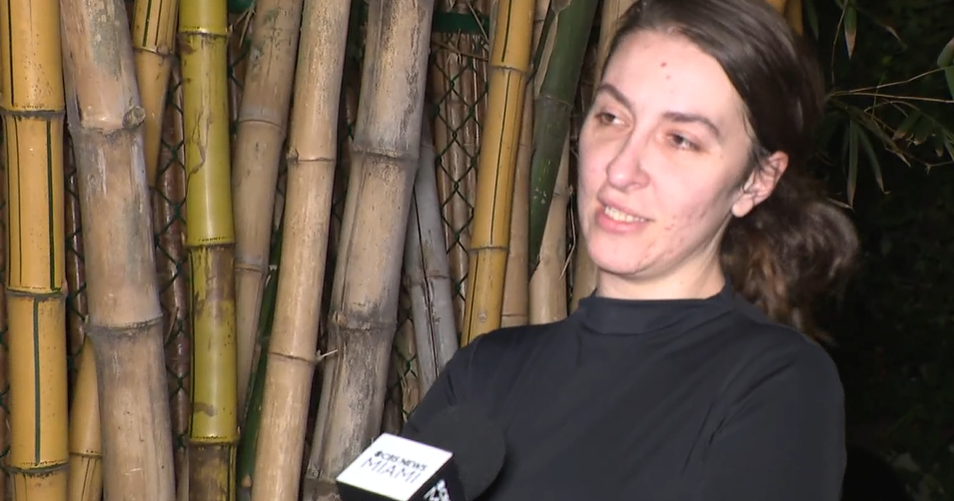CBS News Miami investigates South Florida emergency alert systems
MIAMI — CBS News Investigations dug deep into how decisions are made during emergencies. It included how alerts are sent and how the decisions get made.
CBS News Miami looked closer to see how South Florida leaders make the call.
In Miami-Dade County, the mayor is the ultimate decision-maker when an emergency alert is issued. In Broward County, multiple officials and agencies work together to make the call. We learned that both offices rely on local, state and national experts.
Once it goes through, the Department of Emergency Management ensures residents get the message.
"Confident that when it comes to emergency alerting, we can get the message out," said Miami-Dade Emergency Management Director Pete Gomez.
Gomez credits technology to help get alerts out quickly and to specific areas.
"We can actually geofence a location," said Gomez. "or example, if we got a chlorine leak — let's say at the Port of Miami — we know which way the wind is blowing... we can notify everybody in those areas to evacuate or protect and place."
Alerting by phone, cable TV, local news stations, radio, and social media, and if the situation calls for it: "We will actually go around and drive with police and fire on their microphones and get the messaging out," said Gomez.
Miami-Dade's mayor has the ultimate authority to issue alerts. So far in 2023, Miami-Dade County has issued four emergency alerts. All were sent out in February during the fire at the Covanta waste-to-energy plant in Doral.
When it comes to common issues like flooding, Gomez's team helps inform those decisions by monitoring prone areas, like Miami Beach, by assessing weather radar, traffic patterns and hospital status.
An evacuation call, like those seen when a hurricane threatens, requires planning beyond readying shelters and managing traffic flow.
"You hear it all the time," said Gomez. "People don't evacuate for whatever reason."
An issue Gomez believes happened during Ian.
"They feel safe in their homes," mentioned Gomez. "They didn't trust the government; they didn't think that this event was going to be as bad as it was."
Miami-Dade and Broward Counties' emergency management teams are participating in an evacuation FEMA study to understand better what Gomez calls a complex problem.
"Psychology of how and when and why people don't evacuate," said Gomez.
"Bend it into something that's shaped our communities so that we can increase the accuracy of our messages and we can increase hopefully the impact of the messages," said Tracy L. Jackson, Director Office of Regional Emergency Services and Communications.
Besides technology, community outreach, and in-person alerts, one section of Miami-Dade uses sirens — Turkey Point — where the nuclear plant is. The map they provided shows 49 sirens in a 10-mile radius of the plant.
And, both teams constantly train for any situation when it's time to alert and respond.
"We do hurricane drills or evacuation drills or disaster drills regularly where there, it's an active shooter, a terrorism event, a leak at Turkey Point, or, you know, hurricanes that are coming our way," said Gomez.
"Making sure that we're staying up to speed on what the threats are in the environment, both natural and man-made... whenever we get the opportunity, we pressure test those plans by putting them into action even on small events," added Jackson.
Gomez says Miami-Dade's emergency management department is working on a new app where people can directly communicate with his team and provide information, videos, and pictures of a developing situation. Of course, if it's an emergency requiring immediate assistance, Gomez says 911.
Broward plans to enhance community outreach to school kids to help them understand the importance of hurricane preparedness and listening to public safety officials.




